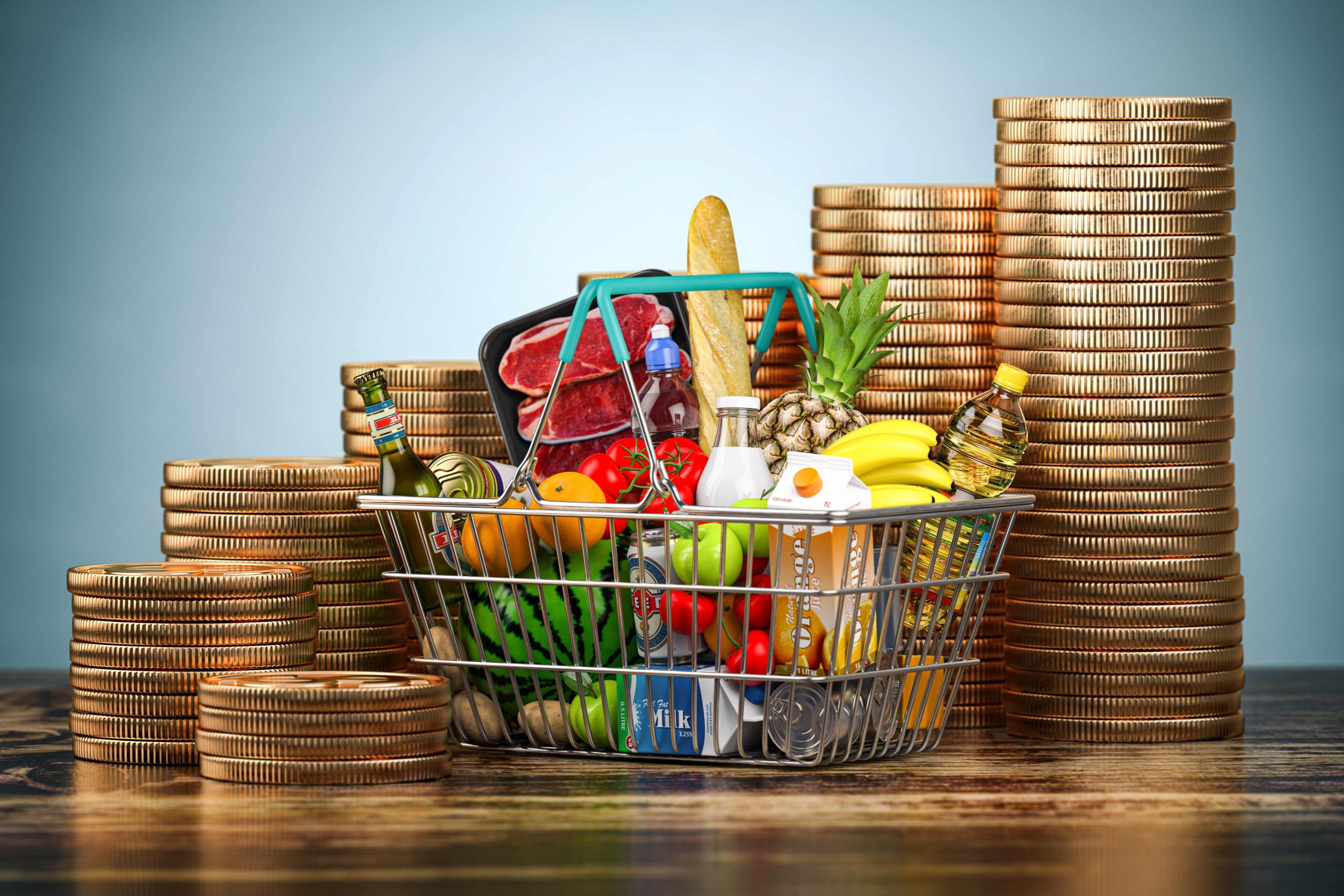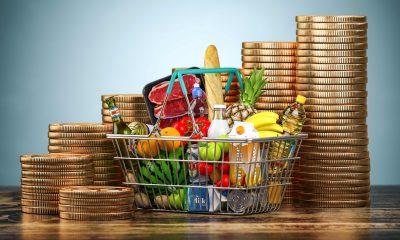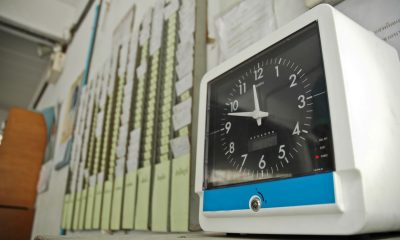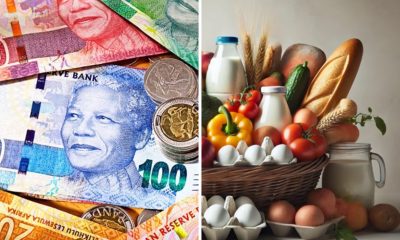411
Soaring Grocery Bills: The Harsh Impact of Food Inflation on South African Households

South African households are feeling the squeeze as food inflation continues to rise, making basic groceries increasingly unaffordable. The latest Bureau for Food and Agricultural Policy (BFAP) report highlights a 2.8% year-on-year increase in food prices, with a 0.4% jump from the previous month.
What’s Driving Food Prices Up?
Rising costs in the global food supply chain, currency fluctuations, and disruptions in agricultural production have contributed to the surge in food prices. Beverages, including instant coffee, fruit juice concentrates, and Ceylon tea, have seen an 8.5% price hike, while fruits like apples and bananas have increased by 6.8% year-on-year.
Banana prices, for example, have surged by 35% per kilogram due to supply shortages caused by flooding in Mozambique and political instability. The BFAP warns that these prices are unlikely to decrease in the near future.
While fresh produce prices continue to climb, meat lovers can breathe a sigh of relief—carnivore-friendly food prices have remained stable over the past year.
The Fresh Produce Market: A Struggling Sector
Despite being valued at over R53 billion annually, South Africa’s fresh produce sector faces deep-rooted issues, including poor representation of historically disadvantaged farmers and market agents.
To address these challenges, the Competition Commission has recommended 31 interventions, including policy reforms and targeted support for small-scale farmers. These measures aim to promote competition and create a more inclusive and sustainable food supply chain.
Low-Income Households Hit the Hardest
For many South Africans, higher grocery prices mean difficult choices. The Pietermaritzburg Economic Justice and Dignity Group estimates that a family of four now needs at least R3,889 per month to afford a basic healthy food basket.
However, the reality is much harsher for households surviving on the national minimum wage. After deducting transport and electricity costs, a four-person household is left with only R1,963 per month—or R490.85 per person—well below the food poverty line of R796 per person.
A Cycle of Hunger and Poverty
Mervyn Abrahams, from the Pietermaritzburg Economic Justice and Dignity Group, warns that rising food prices in a low-wage economy deepen poverty.
“Hungry children cannot study. Undernourished children are more likely to need healthcare. Stunted children enter the labour force with limited opportunities,” he said.
South Africa’s socioeconomic challenges are deeply connected to food affordability. Without urgent intervention to curb rising costs or increase wages, millions of South Africans will continue to struggle to put nutritious meals on the table.
{Source Daily Maverick}
Follow Joburg ETC on Facebook, Twitter , TikTok and Instagram
For more News in Johannesburg, visit joburgetc.com

























